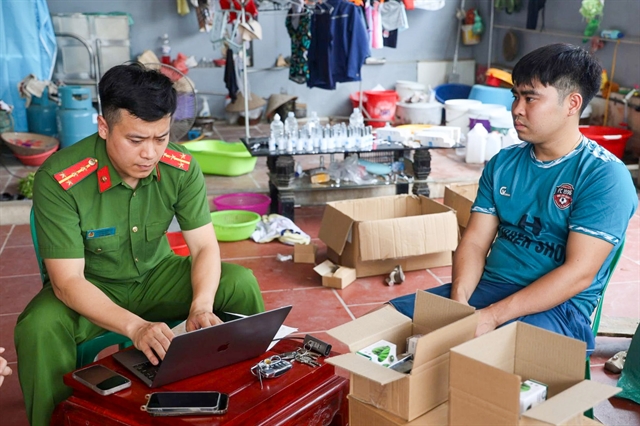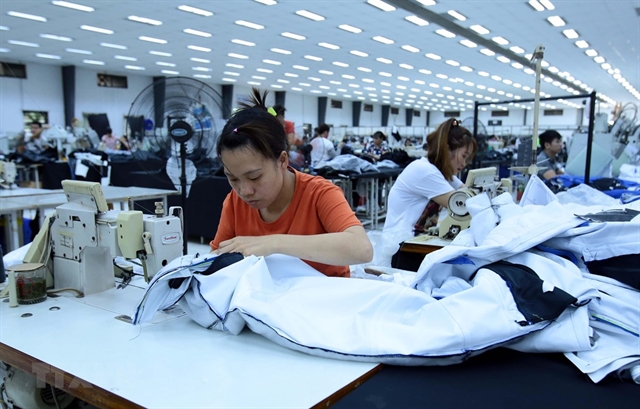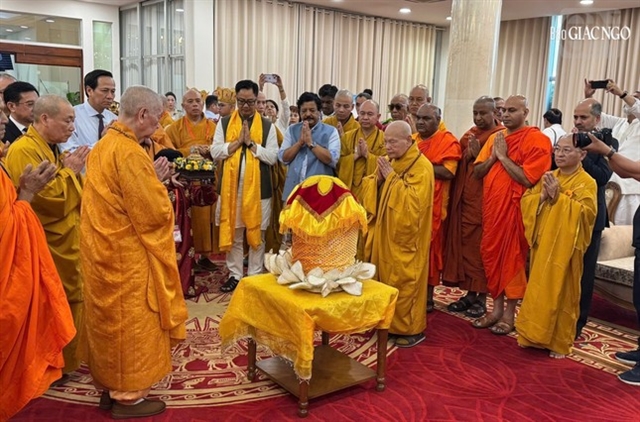 Society
Society

The rate of Vietnamese women who have a job stayed at about 48.5 per cent in 2016, however this was little changed from 2009.

|
| Female workers at the Kydo Việt Nam Ltd. Company. — VNA/VNS Photo Phạm Kiên |
MANILA — Việt Nam is leading ASEAN in terms of the percentage of working women in total employment, according to a report by the ADB and OECD.
The share of Vietnamese women in total employment stayed at about 48.5 per cent in 2016, however this was little changed from 2009.
Việt Nam was closely followed by Laos at 46 per cent and Thailand at 45 per cent.
The numbers were published in the 'Government at a Glance: Southeast Asia 2019' report that was released on Tuesday in Manila by the Asian Development Bank (ADB) and the Organisation for Economic Co-operation and Development (OECD).
The report aimed to provide insight into government processes and performance in member countries of the Association of Southeast Asian Nations (ASEAN).
It gathered data in various areas such as public services, promoting digital government and providing better work opportunities for women.
ASEAN members include Brunei, Cambodia, Indonesia, Laos, Malaysia, Myanmar, the Philippines, Singapore, Thailand and Việt Nam.
“Strengthening public institutional capacities is critical to all operations and ADB remains committed to supporting our developing member countries in improving public sector management functions and financial stability, while promoting more effective, timely, corruption-free, and citizen-centric delivery of public services,” said ADB Vice-President for Knowledge Management and Sustainable Development Bambang Susantono.
The report showed 48 per cent of public sector employees in 2016 were women, up from 46 per cent in 2009. The latest figure was higher than the average rate of ASEAN at 47 per cent.
Generally speaking, the report highlighted that women and men were almost equally represented in Southeast Asian public sector employment.
However, the rate plummeted regarding women’s political representation, deemed crucial to ensure women’s perspectives were taken into account in policy-making.
Việt Nam ranks third at 27 per cent behind the Philippines and Laos in terms of the number of female parliamentarians, higher than the ASEAN average rate of 20 per cent and far ahead of Thailand at 5 per cent.
Low citizen satisfaction
While there were positives in the report in terms of gender parity in Việt Nam, the government’s performance in serving its citizens was another story.
In 2017, citizen satisfaction over the availability of quality healthcare in Việt Nam stood at 62 per cent, the lowest among ASEAN countries.
It fell far behind the top country of Singapore at 93 per cent and the average regional rate of 79 per cent.
The number of Vietnamese citizens satisfied with healthcare services did not change much compared to a decade ago, suggesting Việt Nam’s public healthcare barely improved during the period.
Though 77 per cent of surveyed Vietnamese gave the education system the thumbs up, the country had the second lowest rate in the region, just above Malaysia at 75 per cent.
Citizen confidence in Vietnamese schools in fact slightly decreased from about 80 per cent a decade earlier. — VNS









